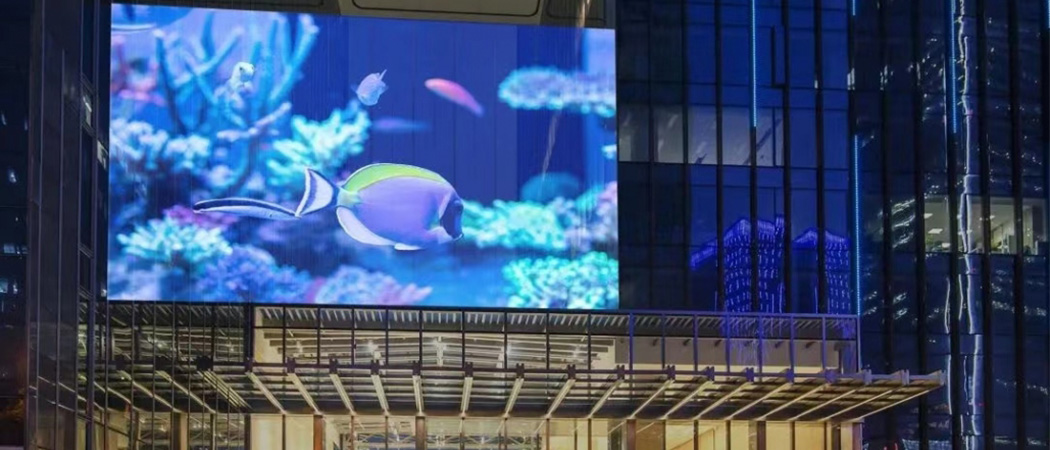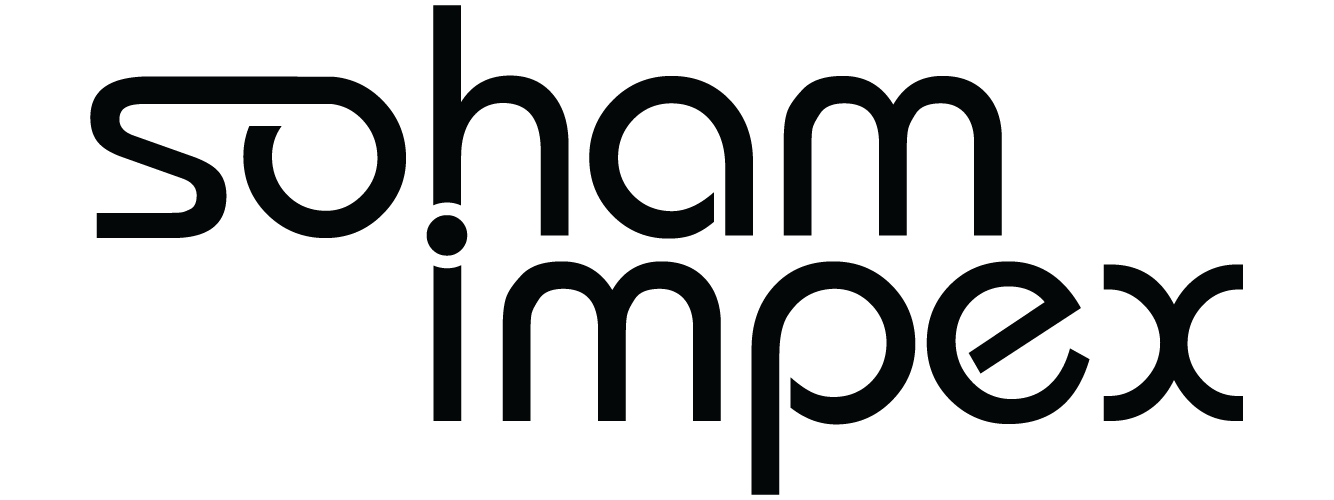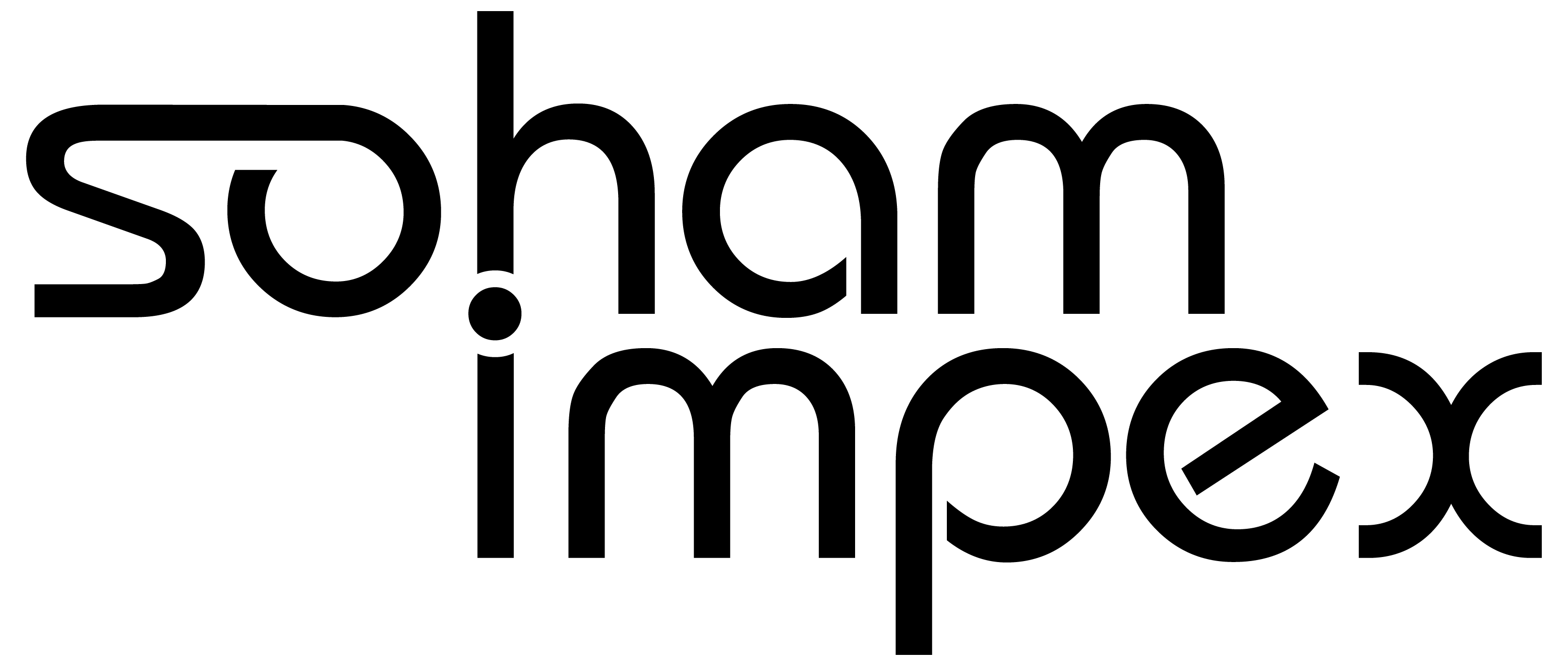
Active LED displays are becoming an integral part of modern building design, blending aesthetics with functionality. These displays are used not just for information or advertising but to create immersive and interactive experiences that enhance the visual identity of buildings. LED displays in architecture allow for dynamic facades, smart integration with environmental elements, and innovative lighting solutions that transform how structures are perceived and experienced.
Key Applications of Active LED Displays in Architecture
1. Media Facades
Dynamic Building Exteriors: LED displays can cover entire building facades, turning static structures into dynamic surfaces that display changing content such as abstract visuals, light patterns, or real-time data.
Examples include:
Cultural Buildings: Museums or galleries using LED displays to project art or thematic content onto the building’s exterior.
Corporate Headquarters: Companies showcase branding or company messages on their building facades using high-resolution LED displays.
Iconic Landmarks: Landmarks often incorporate LED facades for light shows or special events, enhancing their visual appeal.
Integration with Urban Art: LED displays can turn buildings into interactive urban art pieces, displaying artwork, animations, or environmental messages that change according to public interaction or the time of day.
2. Architectural Lighting and Illumination
LED Light Installations: Architecturally integrated LED displays provide flexible lighting solutions. These can include large-scale light grids, building envelopes that change color or brightness based on the time of day, or even responsive lighting that adjusts based on weather or surrounding conditions.
Interior LED Displays: Inside lobbies or atriums, LED displays can create immersive lighting environments that change mood and ambiance. They can also be used as large-scale digital canvases for displaying media content in high-end hotels, corporate spaces, or entertainment venues.
3. Interactive and Smart Building Facades
Responsive Facades: Buildings with smart LED displays react to the environment, such as temperature, sunlight, or wind speed. For example, a building facade could change its brightness or color to reflect environmental changes or energy efficiency needs.
Public Interaction: Some architectural LED displays are interactive, allowing people to influence the content being displayed using their mobile phones or physical presence, creating a participatory experience. Examples include interactive art installations or promotional content in public squares or shopping malls.
4. Advertising and Commercial Buildings
Digital Billboards: Architectural LED displays on commercial buildings are often used as digital billboards, showing advertisements and promotions. These displays can be programmed to change content at different times of day or based on user interaction.
Retail Storefronts: LED displays integrated into storefronts attract attention with dynamic visuals, seasonal promotions, or brand content. They allow businesses to refresh the exterior look of their stores frequently without major physical alterations.
Shopping Malls: LED displays are increasingly being used in the design of shopping malls to enhance the retail experience, displaying advertisements, upcoming sales, and entertainment.
5. Wayfinding and Informational Displays
Smart Signage: LED displays serve as wayfinding tools in large architectural spaces, such as airports, train stations, and shopping centers. They provide real-time information like directions, transport schedules, or event information.
Building Directory Systems: Office complexes or public buildings often use LED displays for directory services, showing which companies or services are located on each floor, and updating in real-time to reflect any changes.
6. Environmental Data and Sustainability
Energy Monitoring: Some buildings use LED displays to show real-time data related to the building’s energy consumption, carbon footprint, or renewable energy use, turning the facade into an educational tool for sustainability.
Smart Integration: LED displays can be linked to smart city grids or building management systems (BMS) to reflect real-time environmental conditions such as air quality, temperature, or even the building’s energy efficiency performance.
7. Public Art and Cultural Spaces
Temporary Installations: LED displays in public spaces allow for temporary or rotating art installations. Buildings can host LED-driven projections for festivals, cultural events, or social campaigns, constantly renewing their visual identity.
Cultural Messaging: LED facades in theaters, concert halls, or museums can display cultural and event-related messaging, reflecting the current programming or exhibitions.
8. Smart Residential Buildings
Personalized Content: Some high-end residential buildings integrate small-scale LED displays into their design to provide residents with personalized content, such as weather updates, transportation alerts, or news.
Aesthetic Lighting: LED installations in residential buildings are used to enhance the aesthetics of balconies, common areas, or building exteriors with subtle lighting patterns or artistic displays.
How Active LED Displays Work in Architecture
Design Integration:
LED displays must be designed to integrate seamlessly with the architectural vision. This often involves custom-sized panels and modules that fit irregular building shapes or dimensions.
Architects and designers collaborate with LED manufacturers to create solutions that fit aesthetically and functionally within the building’s overall design.
Content Management and Flexibility:
Centralized Control: The LED displays are controlled by centralized content management systems (CMS), allowing building managers or operators to schedule and update content easily. This is especially useful for commercial displays or public buildings.
Dynamic Content: With the right CMS, LED displays can show dynamic content that changes based on real-time data inputs like time of day, weather, or building activity.
Pre-Programmed Themes: Buildings can have pre-programmed lighting themes or visual displays for specific events like holidays, sports celebrations, or cultural festivals.
Energy Efficiency: Low Power Consumption: Modern LED displays are designed for low energy consumption, and some incorporate solar power or energy-efficient technology, ensuring sustainability in line with the green building movement.
Adaptive Brightness: Architectural LED displays can adjust brightness automatically based on ambient light conditions, ensuring visibility without wasting energy.
Durability and Maintenance:
Weather Resistance: LED displays used in outdoor architectural installations are designed to withstand harsh weather conditions such as rain, snow, and high winds. They are built to be durable with long-lasting materials.
Modular Systems: Many LED displays use modular components, making it easier to replace or repair individual sections without having to dismantle the entire system.
Trends in Architectural LED Displays
Transparent LED Displays: These allow natural light to pass through, making them ideal for building windows while still providing the functionality of a screen that can display content when needed.
Bespoke Lighting Designs: Tailor-made LED displays with unique shapes and lighting effects are becoming a part of high-profile architectural projects, transforming buildings into pieces of art.
AI-Driven Content: Some innovative projects use AI to generate dynamic, real-time visuals that change based on environmental data or public interaction.
Conclusion
Active LED displays in architecture are reshaping the way buildings communicate with their surroundings. From transforming facades into digital canvases to enhancing sustainability through real-time data integration, these displays add value both functionally and aesthetically. As technology advances, LED displays will continue to evolve, playing an increasingly significant role in the design and operation of smart, interactive, and visually compelling buildings.
Products
Agency
Get In Touch
- Rajkot Gujarat India.
- +91 9974 601 712
- info@sohamimpex.co.in
Follow Us
Soham Impex has successfully built a presence in the Active LED Display for Advertising and Branding Purposes. We stand out with the help of our comprehensive LED design and build, catered to clients Pan-India.
Follow Us
Get In Touch
- +91 9824201712
- info@sohamimpex.co.in
- 150ft. Ring Road, Rajkot Gujarat India.


